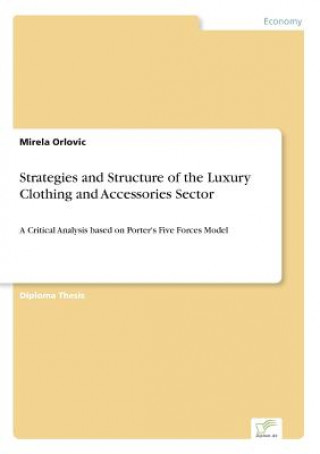
Kód: 05298198
Strategies and Structure of the Luxury Clothing and Accessories Sector
Autor Mirela Orlovic
Inhaltsangabe:Introduction: The luxury goods industry is a fascinating field. As Jean-Louis Dumas-Hermčs, chairman and CEO of Hermčs, explains: żLe luxe, cżest créer un ręve qui perdure.ż In addition to the dream dimension that d ... celý popis
- Jazyk:
 Angličtina
Angličtina - Väzba: Brožovaná
- Počet strán: 104
Nakladateľ: Diplom.de, 2003
- Viac informácií o knihe

Mohlo by sa vám tiež páčiť
-

Ukraine and Russia
43.76 € -9 % -
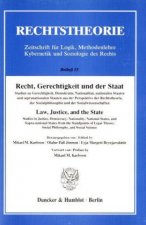
Recht, Gerechtigkeit und der Staat.
106.34 € -

Norea Audio-Sprachführer Norwegisch, 1 Audio-CD
19.93 € -10 % -

Stile italiano (B2), m. Audio-CD
25.66 €
Darčekový poukaz: Radosť zaručená
- Darujte poukaz v ľubovoľnej hodnote, a my sa postaráme o zvyšok.
- Poukaz sa vzťahuje na všetky produkty v našej ponuke.
- Elektronický poukaz si vytlačíte z e-mailu a môžete ho ihneď darovať.
- Platnosť poukazu je 12 mesiacov od dátumu vystavenia.
Viac informácií o knihe Strategies and Structure of the Luxury Clothing and Accessories Sector
Nákupom získate 260 bodov
 Anotácia knihy
Anotácia knihy
Inhaltsangabe:Introduction: The luxury goods industry is a fascinating field. As Jean-Louis Dumas-Hermčs, chairman and CEO of Hermčs, explains: żLe luxe, cżest créer un ręve qui perdure.ż In addition to the dream dimension that defies scientific analysis, the luxury goods companies have kept highly secretive. Alain D. Perrin, President and CEO at Cartier International, elucidates: żOne of our strengths is our ability to maintain a certain mystery about the economic entity which is the company. We bring magic and dreams to consumers who donżt want to see their favourite brands discussed in the media, and lacking any sense of the romantic.ż Systematic research confines itself mainly to specialised marketing literature, especially that of French scholars. But recent developments have raised various questions and call for more systematic research in diverse fields. Over the past two decades, luxury companies in particular in the clothing sector have had to face an increasingly turbulent environment. On the supply side, French dominance especially in the haute couture sector has been challenged as competition has increased mainly from Italian and American fashion houses. Furthermore, the traditionally fragmented luxury industry has become more concentrated, a visible sign for the consolidation was the merger of Louis Vuitton and Moët Hennessy in 1987. Finally, as a result of diversification strategies, most fashion houses have extended to more accessible luxury products and as a result, realize now a substantial part of sales in both, clothing and accessories. But also the demand side has been substantially changing. In 1899, the American economist Thorstein Veblen published the first proper study of consumerism, in which he identified and analysed the traditional luxury customer group which he called żleisure class.ż It was not until the 1980s that the leisure class was joined by newly rich and occasional customers from the middle class. On the one hand, the luxury industry has expanded to more accessible products and to new geographical markets, and on the other hand, a growth in wealth of the Western industrialized nations has increased purchase of luxury goods. These mostly fundamental changes have challenged and will furthermore challenge the fashion houses and the ability to establish a competitive advantage. The objective of this thesis is gaining a thorough understanding of the luxury clothing and accessories sector, by elaborating on these developments and working out characteristics, competitive forces and main issues. The analysis serves then as a basis for strategy formulation that is aimed creating a long-term competitive advantage. Porterżs five forces framework has been chosen for conducting the analysis, be-cause it provides a structured approach for examining a particular sector. Michael E. Porter has developed the model of the five forces in his book żCompetitive Strategy. Techniques for Analyzing Industries and Competitorsż in 1980. With combining the fields of business strategy and industrial organization economics, Porter developed the work of Kenneth Andrews, commonly known as the SWOT analysis, but focused on the structure of the industry. He argues that intensity of competitive rivalry, the bargaining power of suppliers and buyers and the threat of substitutes and new entrants define the structure and thus, profitability and attractive-ness of an industry. Based on the five forces analysis, Porter suggests three generic strategies that companies could implement to establish a competitive advantage: The cost leadership strategy focuses on offering customers a competitively low cost without sacrificing quality and service. A company employing Porterżs strategy of differentiation would offer a product that is unique in regard to competitive products. The essence of the focus strategy is concentration on a particular product or market se...
 Parametre knihy
Parametre knihy
Zaradenie knihy Knihy po anglicky Economics, finance, business & management Economics
105.22 €
- Celý názov: Strategies and Structure of the Luxury Clothing and Accessories Sector
- Podnázov: A Critical Analysis based on Porter's Five Forces Model
- Autor: Mirela Orlovic
- Jazyk:
 Angličtina
Angličtina - Väzba: Brožovaná
- Počet strán: 104
- EAN: 9783838669670
- ISBN: 3838669673
- ID: 05298198
- Nakladateľ: Diplom.de
- Hmotnosť: 145 g
- Rozmery: 210 × 148 × 6 mm
- Dátum vydania: 03. July 2003
Obľúbené z iného súdka
-
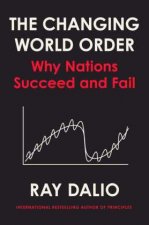
Principles for Dealing with the Changing World Order
24.33 € -5 % -

Team Topologies
23.92 € -12 % -

Freakonomics
9.09 € -10 % -
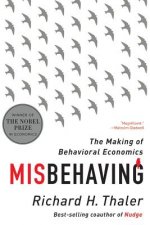
Misbehaving - The Making of Behavioral Economics
10.63 € -11 % -

Indispensable Milton Friedman
29.44 € -

Little Book of Economics
11.14 € -23 % -

Why Nations Fail
11.24 € -13 % -

Pyramid Principle, The
51.22 € -5 % -

Essential Mathematics for Economic Analysis
73.11 € -1 % -
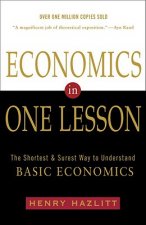
Economics In One Lesson
15.74 € -23 % -

Predictably Irrational
14.92 € -19 % -

Price of Inequality
10.52 € -22 % -

(Mis)Behaviour of Markets
14.41 € -23 % -

Debt, 10th Anniversary Edition
28.01 € -22 % -

A-Level Economics: Year 1 & 2 Complete Revision & Practice (with Online Edition)
28.32 € -9 % -

The Invisible Hand
7.97 € -22 % -
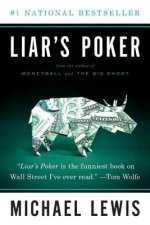
Liar's Poker
13.69 € -

Rational Optimist
13.69 € -

Irrational Exuberance
20.44 € -8 % -

Art of Statistics
10.93 € -24 % -

Scrum - A Pocket Guide - 3rd edition
22.79 € -4 % -
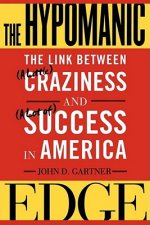
Hypomanic Edge
21.06 € -13 % -

How I Made One Million Dollars Last Year Trading Commodities
41.30 € -19 % -
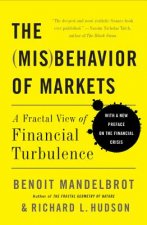
Misbehavior of Markets
24.64 € -

Econometric Analysis, Global Edition
86.40 € -

Cartoon Introduction to Economics
19.73 € -8 % -

Economics: The User's Guide
12.87 € -24 % -

Rise of Carry: The Dangerous Consequences of Volatility Suppression and the New Financial Order of Decaying Growth and Recurring Crisis
27.70 € -16 % -
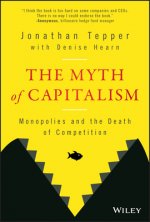
Myth of Capitalism - Monopolies and the Death of Competition
23.20 € -20 % -

How Rich Countries Got Rich and Why Poor Countries Stay Poor
16.56 € -23 % -
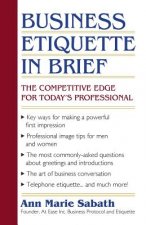
Business Etiquette in Brief
13.18 € -18 % -

Intermediate Microeconomics and Its Application
105.73 € -

Discovery, Capitalism & Distributive Justice
22.90 € -
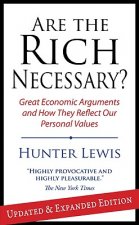
Are the Rich Necessary?
13.28 € -1 % -

Economic Point of View
28.21 € -

Driving Digital Transformation
21.98 € -23 % -

Start-Up Nation
9.09 € -24 % -
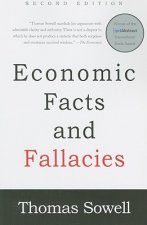
Economic Facts and Fallacies
16.97 € -20 % -

Decision Book
16.15 € -16 % -
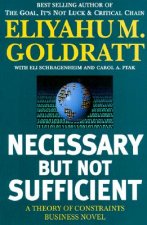
Necessary but Not Sufficient
17.17 € -18 % -

Freakonomics
6.13 € -24 % -

Economics Book
21.16 € -16 % -

Leading at a Higher Level
34.55 € -

Principles of Economics
15.84 € -13 % -

Macroeconomics For Dummies
24.84 € -5 % -

45 Second Presentation That Will Change Your Life
9.91 € -19 % -

Economics of the Public Sector
83.23 € -

Factfulness
10.22 € -24 % -

Currency Wars
15.84 € -16 %
Osobný odber Bratislava a 2642 dalších
Copyright ©2008-24 najlacnejsie-knihy.sk Všetky práva vyhradenéSúkromieCookies



 21 miliónov titulov
21 miliónov titulov Vrátenie do mesiaca
Vrátenie do mesiaca 02/210 210 99 (8-15.30h)
02/210 210 99 (8-15.30h)